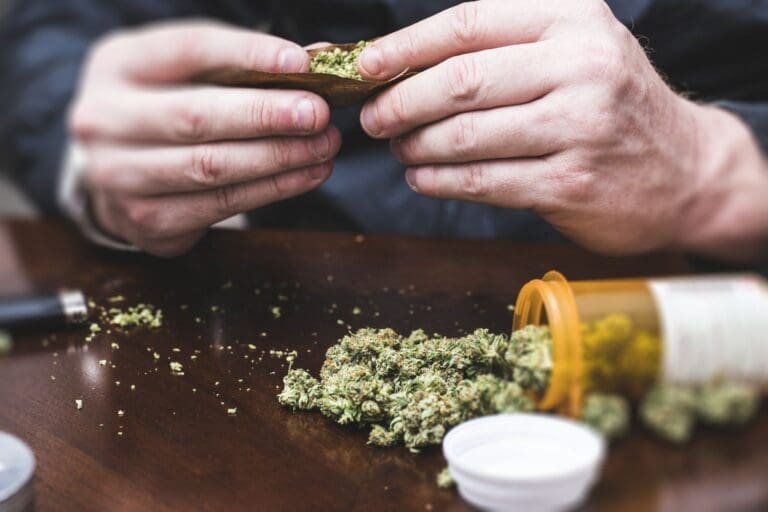Sativa Vs Indica Delta 9
The cannabis world is rich with diversity, offering a plethora of strains and varieties that cater to different needs and preferences. Among the most talked-about categories are Sativa and Indica, two primary classifications of cannabis that exhibit distinct characteristics. When combined with Delta 9 THC, the primary psychoactive component of cannabis, the effects can vary significantly between the two. This blog aims to explore the nuances of Delta 9 Indica vs Sativa, providing insight into what is the difference between Indica and Sativa Delta 9.
Delta 9 THC, or Delta 9-tetrahydrocannabinol, is the compound responsible for the euphoric and psychoactive effects typically associated with cannabis consumption. While Delta 9 itself is a single molecule, its interaction with the various strains of cannabis can lead to a wide range of experiences. This is where the distinction between Indica and Sativa becomes particularly relevant.
Sativa strains are often praised for their uplifting and energizing effects. Originating from equatorial regions, Sativa plants are typically tall with narrow leaves. When Sativa strains are high in Delta 9 THC, they are known to produce stimulating effects that can enhance creativity, focus, and sociability.
Users often report feelings of euphoria and mental clarity, making Sativa-dominant Delta 9 strains popular for daytime use and social activities. This is because the terpenes and cannabinoids present in Sativa strains synergize with Delta 9 THC to promote these stimulating effects.

In contrast, Indica strains are celebrated for their relaxing and sedative properties. Native to cooler climates, Indica plants are generally shorter and bushier with broader leaves. Delta 9 Indica strains are known to induce deep relaxation, often accompanied by a sense of calm and physical tranquility. Users frequently turn to Indica-dominant Delta 9 strains for unwinding in the evening or managing stress and insomnia. The combination of Delta 9 THC with the specific terpenes and cannabinoids in Indica strains tends to produce a body-centric high that can help with pain relief and relaxation.
So, what is the difference between Indica and Sativa Delta 9 in practical terms? It boils down to the overall experience they offer to the user. While both types of strains contain Delta 9 THC, the presence of other cannabinoids and terpenes creates distinct effects. Sativa strains typically contain higher levels of certain terpenes, such as limonene and pinene, which are associated with uplifting and cerebral effects. On the other hand, Indica strains often contain more myrcene and linalool, which are known for their calming and sedative properties.
Another important aspect to consider is the potential therapeutic benefits of each type. Delta 9 Sativa strains are often chosen for their ability to enhance mood, stimulate appetite, and combat fatigue. They can be particularly useful for individuals dealing with depression or lack of energy. Delta 9 Indica strains, however, are frequently used for their analgesic properties, helping with pain management, anxiety reduction, and sleep improvement. Patients suffering from chronic pain, muscle spasms, or insomnia may find Indica strains to be more beneficial.

When choosing between Delta 9 Indica vs Sativa, it’s essential to consider not just the desired effects but also the context in which the cannabis will be used. For instance, a Sativa strain might be more suitable for a daytime adventure or creative project, providing the energy and focus needed. Conversely, an Indica strain would be more appropriate for a relaxing evening at home, helping to unwind and prepare for sleep.
In conclusion, the debate between Delta 9 Indica vs Sativa is more than just a preference for one plant type over another. It involves understanding the intricate balance of cannabinoids and terpenes that define each strain’s effects. By appreciating what is the difference between Indica and Sativa Delta 9, users can make more informed decisions about their cannabis consumption, tailoring their choices to their specific needs and enhancing their overall experience. As research continues to evolve, our understanding of these differences will only deepen, offering even more refined ways to enjoy and benefit from cannabis.







